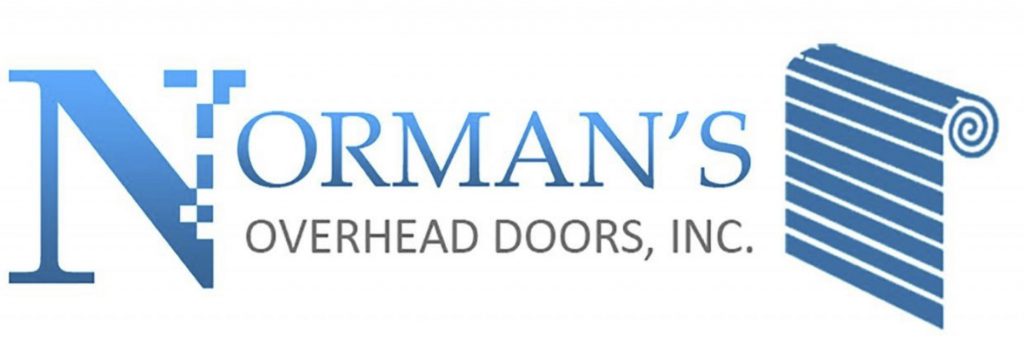
The number of units produced can also be used, particularly in simpler production processes where overhead costs increase proportionally with each unit manufactured. The chosen base must be measurable and logically align with how the business consumes its indirect resources. A later analysis reveals that the actual amount that should have been assigned to inventory is $48,000, so the $2,000 difference is charged to the cost of goods sold.
- Its purpose is to enable timely product costing, allowing companies to determine approximate total costs as production occurs, rather than waiting until the end of the accounting period.
- Adjustments are made for expected increases in utility rates, planned equipment upgrades that might alter depreciation, or changes in property taxes.
- That’s why it’s important to get to know all of the different terminology relating to accounting, and how these financial metrics can be used to assess the financial health of your business.
- This rate is then used throughout the period and adjusted at year-end if necessary based on actual overhead costs incurred.
- This rate also provides a benchmark for budgeting and cost control, helping management evaluate performance by comparing applied overhead to actual overhead costs.
Actual Overhead

The biggest mistake is choosing an allocation base that doesn’t actually correlate with how overhead costs are incurred. For example, if you allocate based on direct labor hours but most of your costs are related to running automated equipment, your product costs will be distorted. The key is the formula for a predetermined overhead rate is to select an allocation base that has a logical relationship with your overhead costs. In fact, as your business grows more complex, using departmental overhead rates often gives you more accurate product costing.
- To gain a better understanding of this concept, it is important to understand the differences between operating expenses and overhead expenses.
- Hence, this predetermined overhead rate of 66.47 shall be applied to the pricing of the new product VXM.
- Selecting an appropriate activity base is important for accurately allocating overhead.
- For example, if machine usage directly influences electricity costs and maintenance expenses, then machine hours would be an appropriate allocation base.
- By understanding how to calculate this rate, business owners can better control their overhead costs and make more informed pricing decisions.
Calculation Formula

A number of possible allocation bases are available for the denominator, such as direct labor hours, direct labor dollars, and machine hours. For this, you can take the average manufacturing overhead cost for the previous three months, and divide this by the machine hours in the current month. If you then find out later that in fact the actual amount that should have been assigned is $36,000 dollars, then the $4000 dollar difference should be charged to the cost of goods sold.

Monitoring relative expenses
A predetermined overhead rate is an estimated rate businesses use to apply manufacturing overhead costs to products or services, established before actual costs are known. Its purpose is to enable timely product costing, allowing companies to determine approximate total costs as production occurs, rather than waiting until the end of the accounting period. Here, the estimated overhead costs include all indirect costs related to production, such as rent, utilities, and depreciation. The estimated activity base can be direct labor hours, machine hours, or any other cost driver relevant to the Mental Health Billing business. The formula seems simple – total overhead costs divided by an allocation base like direct labor hours.

On the other hand, the machine hours were used to absorb overheads in a machine incentive environment. If the job in work in process has recorded actual material costs of 4,640 for the accounting period then the predetermined overhead applied to the job is calculated as follows. Many accountants always ask about https://studentconnects.co.za/supply-chain-master-data-management-complete-guide/ specific time which we need to do this, at what point in time is the predetermined overhead rate calculated. The predetermined rate usually be calculated at the beginning of the accounting period by relying on the management experience and prior year data. This $4 per DLH rate would then be used to apply overhead to production in the accounting period. The difference between actual and applied overhead is later assessed to determine over- or under-application of overhead.
- That is, the company is now aware that a 5-hour job, for instance, will have an estimated overhead cost of $100.
- If the predetermined overhead rates are not accurate, they can force the business to control its activities according to unrealistic rates.
- However, the use of multiple predetermined overhead rates also increases the amount of required accounting labor.
- To calculate the predetermined overhead rate of a product, a business must first estimate its level of activity or units to be produced.
- Using a predetermined overhead rate allows companies to apply manufacturing overhead costs to units produced based on an estimated rate, rather than actual overhead costs.
- At the end of the accounting period, the total overheads absorbed based on the predetermined overhead rate are compared to the actual overheads incurred by the business.
Carefully minimizing overhead is crucial for small businesses to maintain profitability. Following expense optimization best practices and leveraging technology keeps overhead costs in check. Knowing the overhead cost per unit allows the business to set competitive pricing while still covering their indirect expenses.

Leave a Reply